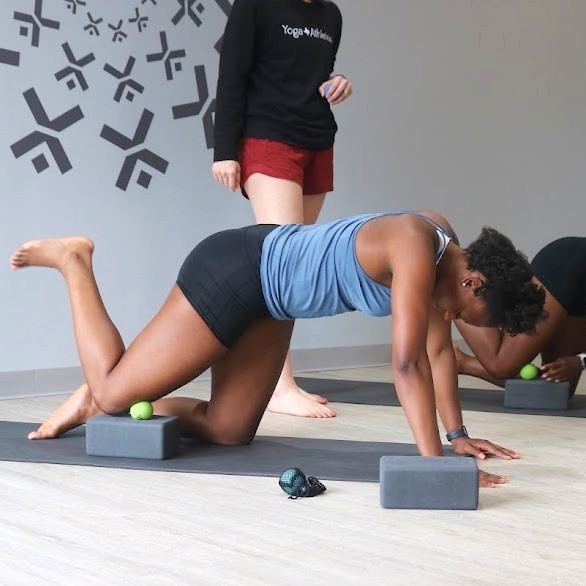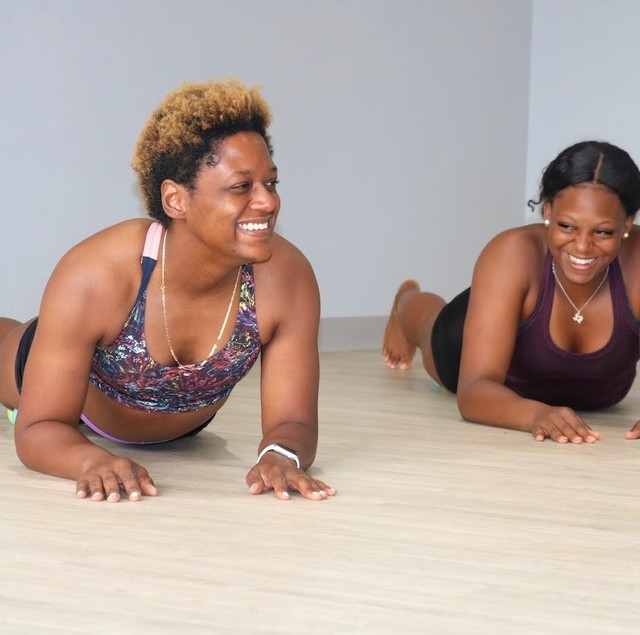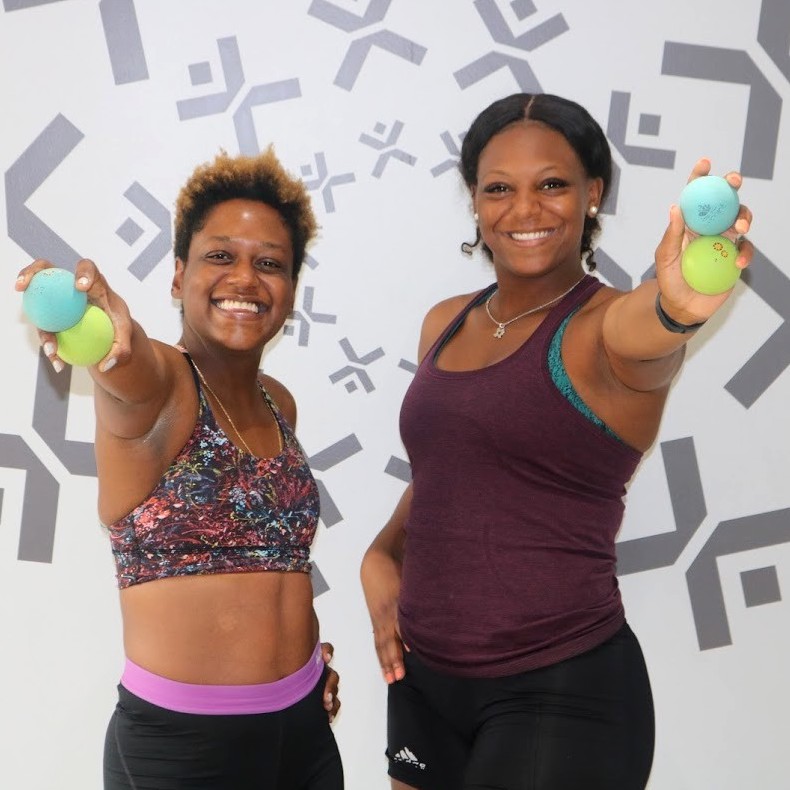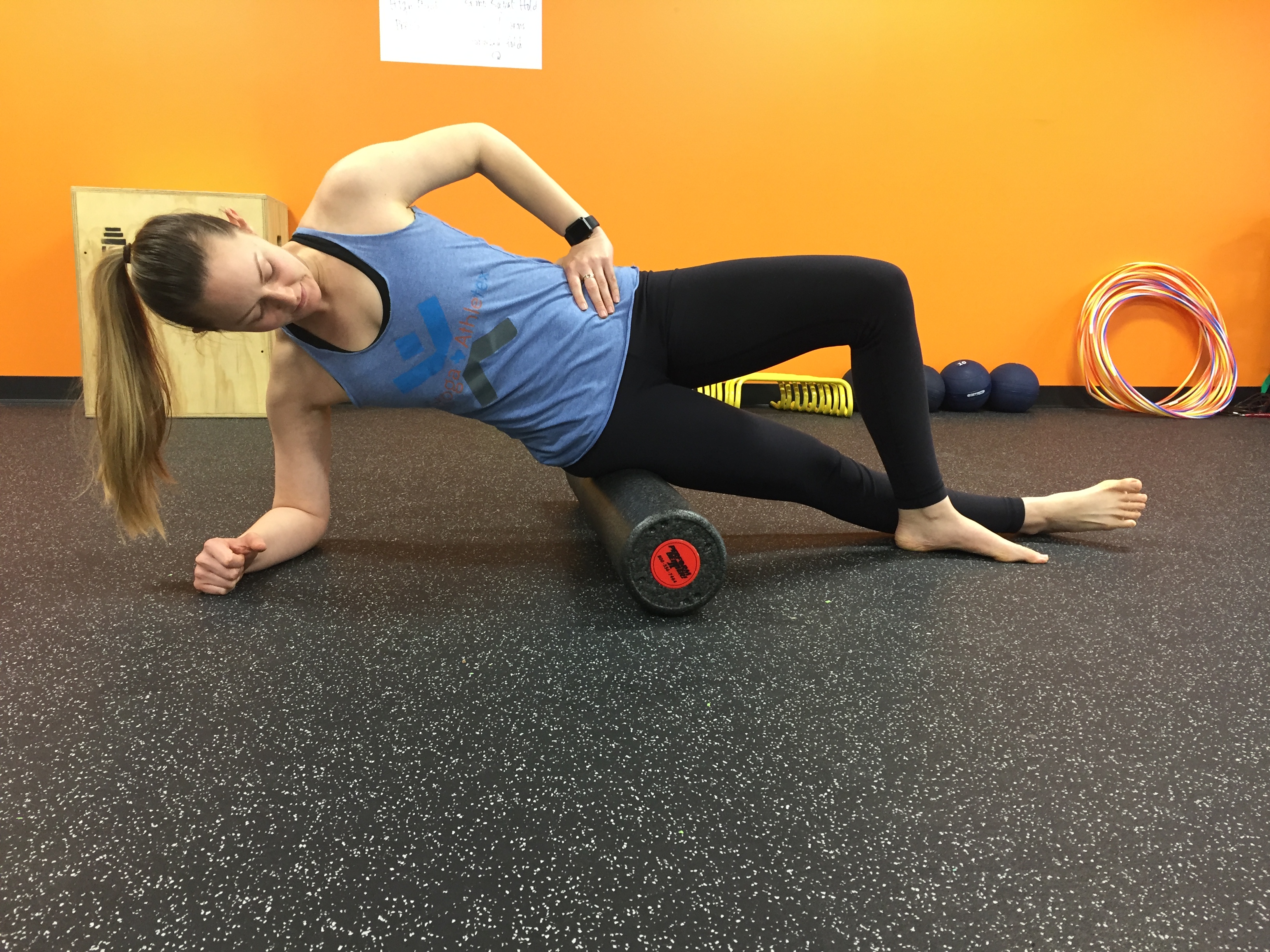Corrective Flexibility = Improved Mobility + Healthy Joints
Corrective flexibility is designed to improve:
- muscle imbalances
- joint dysfunctions
- common postural dysfunctions
When considering flexibility and the musculoskeletal system, there are several types of connective tissues – tendons, which connect muscle to bone; ligaments, which connect bone to bone; and fascia, which bind muscles into separate groups.
They all contribute to joint stiffness in varying degrees:
- Joint capsule and ligaments = 47%
- Muscle fascia = 41%
- Tendons = 10%
- Skin = 2%
Although it is ranked second, the myofascial system should be the primary focus of a flexibility routine. The tissue properties of the muscle and fascia allow for greater elasticity and a greater adaptive potential than ligamentous tissue.
As for the other connective tissues, tendons are biologically designed to transmit tension to the skeleton, so elasticity would be counter to its primary function, and overstretching ligaments can produce unstable joints. Unstable joints can lead to faulty movement patterns that in turn initiate the cumulative injury cycle by placing unwanted stress on the entire kinetic chain.
A great way to target the muscle fascia while keeping the joints stable is to incorporate corrective flexibility in the form of self-myofascial release (SMR).
On-Demand SMR
Self-myofascial release (SMR) is a flexibility technique that focuses on the neural and fascial systems in the body. It concentrates on alleviating myofascial trigger points and areas of hyper-irritability located within a band of muscle. This form of flexibility training incorporates the concept of autogenic inhibition to improve soft tissue extensibility. Once a sensitive region has been identified, a therapy ball is held on that region for 30 seconds.
As long as an athletes has therapy balls (or lacrosse balls or tennis balls), they can take advantage of all 20 anatomy-specific SMR videos on YAX Online! These videos are an excellent supplement to any training program by acting as a deep tissue massage and soft tissue manipulation.
The goal is to help athletes to restore optimal muscle movement and function as well as produce positive, feel-good results.
Not a YAX Online member? Sign up for a 7-day free trial on any plan and get access to all of our on-demand recovery content (including yoga, breathwork, meditation, mobility/SMR, and cool-downs).
How to Get Started with SMR
There are 2 ways to get started!
Lower Body Focus
Complete 1 video per week for 5 weeks.
- Week 1: Feet
- Week 2: Lower Leg – Shins
- Week 3: Knees – IT Bands
- Week 4: Upper Leg – Quads
- Week 5: Hips & Glutes
BINGO
Make it a game! Win by completing any 4 videos in a horizontal, vertical or diagonal line. If you’re really ambitious, complete multiple lines or black out the whole card!
YAX Online Membership FAQs
What is included in membership?
Membership includes access to all of our recovery content including yoga, breathwork, meditation, mobility/SMR, and cool-downs. The Jump Training Program is available for an additional cost.
What is the difference between the subscriptions (Monthly, 6-Month, Yearly)?
Savings! If you are an individual athlete, or parent of an athlete, you can save 18% with the 6-Month plan or 25% with the Yearly plan. Get started with a 7-day free trial.
Can I sign my whole team up?
Yes, we have discounts available for teams! If you are a coach or club director get a quote on team pricing to get started.
Not a YAX Online member yet? Get started with a free trial!

STAY IN THE LOOP!
Subscribe to our free newsletter.
Self-myofascial release (SMR) is an excellent therapeutic practice that can be added to any athlete’s training program.
Yoga can be used as corrective exercise to improve sport-specific imbalances and prevent injury.
Foam rolling is a technique that is fully embraced by professional athletes and fitness fans that want to experience its almost instant benefits.





